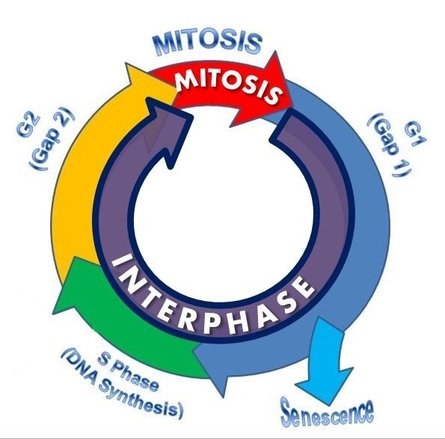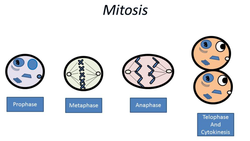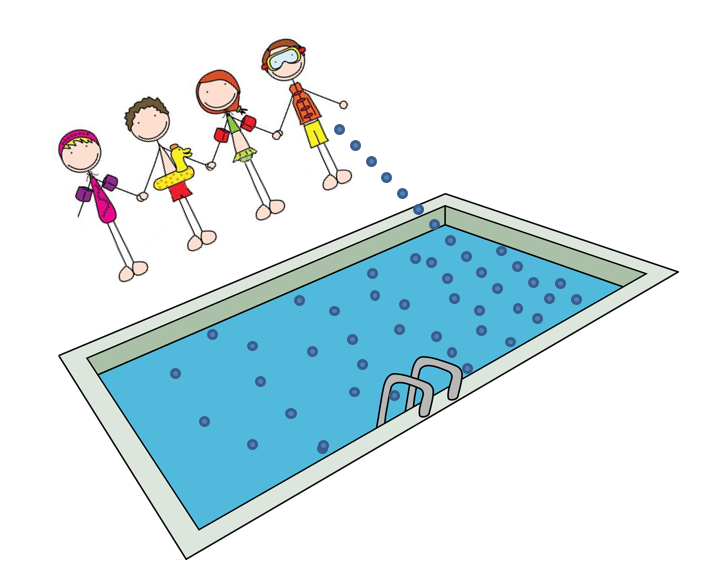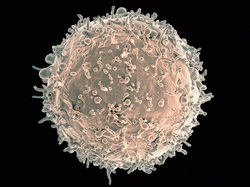|
|
|
MITOSIS
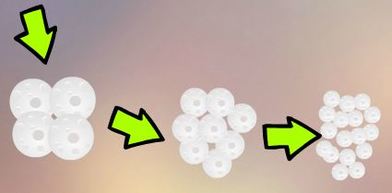
You may have heard that every seven years our entire body's cells are replaced, essentially making you a new YOU! Well... as cool as that sounds, its only partially true. Some of you cells NEVER divide once they come to maturity, while other cells are almost disposable; getting replaced within just a few days! So this fact disproves the cool rumor of the "new you", but it does shed light on the complexity of the cells of our body.
FUN FACT: Your red blood cells can survive 4 months after you die and your white blood cells can survive 1 year after you die! Even your skin lives for another few weeks after death! CREEPY!!
referrence: www.livescience.com/33179-does-human-body-replace-cells-seven-years.html
Epithelial cells replace themselves every few days, as do sperm cells. Each type of cell in your body has its own lifespan. They all have an 'expiration date'. Muscle cells and neurons never divide once they are mature. This explains why damage to the brain and heart muscle need immediate medical attention!
FUN FACT: Your red blood cells can survive 4 months after you die and your white blood cells can survive 1 year after you die! Even your skin lives for another few weeks after death! CREEPY!!
referrence: www.livescience.com/33179-does-human-body-replace-cells-seven-years.html
Epithelial cells replace themselves every few days, as do sperm cells. Each type of cell in your body has its own lifespan. They all have an 'expiration date'. Muscle cells and neurons never divide once they are mature. This explains why damage to the brain and heart muscle need immediate medical attention!
The Cell Cycle
Quick Review
Interphase
The cell cycle starts with G1. Then is S-Phase DNA synthesis occurs. Here is where the cell makes copies of its DNA so the chromosomes in the nucleus each consist of two connected copies, called sister chromatids. You can’t see the chromosomes very clearly at this point, because they are still in their long, stringy, decondensed form. Chromosomes in the decondensed form are called chromatin. If and when the cell successfully passes all of the checkpoints of the cell cycle, only then can it enter MITOSIS. Remember that at the beginning of mitosis, the DNA has already been duplicated in the S-Phase (Synthesis Phase) of the cell cycle. However, during interphase, the DNA is in the form of long, stringy chromatin which is not visible, even under a microscope.
The cell cycle starts with G1. Then is S-Phase DNA synthesis occurs. Here is where the cell makes copies of its DNA so the chromosomes in the nucleus each consist of two connected copies, called sister chromatids. You can’t see the chromosomes very clearly at this point, because they are still in their long, stringy, decondensed form. Chromosomes in the decondensed form are called chromatin. If and when the cell successfully passes all of the checkpoints of the cell cycle, only then can it enter MITOSIS. Remember that at the beginning of mitosis, the DNA has already been duplicated in the S-Phase (Synthesis Phase) of the cell cycle. However, during interphase, the DNA is in the form of long, stringy chromatin which is not visible, even under a microscope.
MITOSIS
Mitosis During Development
|
You are made up of trillions of cells. All the cells of your body (except for your oocytes or spermatozoa) reproduce by MITOSIS! Ever since you were a lowly ZYGOTE (fertilized egg) your trillions of cells all developed as a result of that single fertilized egg!All of your cells have the same DNA. So... how come we get so many different types of cells, if all our cells have the same set of “instructions”? Each cell will end up “reading” only part of the genetic code “instruction manual”. During development and throughout each cell’s life, each cell will come across different chemical signals (like growth factors) that activate certain parts of the genome.
|
Zygote to Blastocyst
A fertilized cell is called a zygote. The zygote then becomes 2 cells, then 4 cells, then 8 cells, then 16 cells and then 32 cell followed by 64 cells. Between the 32 to 64 cell stage, the mass of cells is called a blastocyst. All cells of the blastocyst are STEM CELLS. Sonic hedgehog (SHH) At the blastocyst stage the cells begin secreting growth factors like Sonic hedgehog (SHH). The strongest cell will continue to secrete SHH as the other cells stop making SHH, causing a concentration gradient. Different concentration gradients "turn on" different genes. The cells secreting SHH will become the head. Each of the cells in the blastocyst will be getting a different concentration of SHH depending on where it is in relation to the head. It is at this point that the cells will begin to differentiate from stem cells to into different types of cells. The different concentrations of SHH “turn on” only certain genes in certain cells. |

